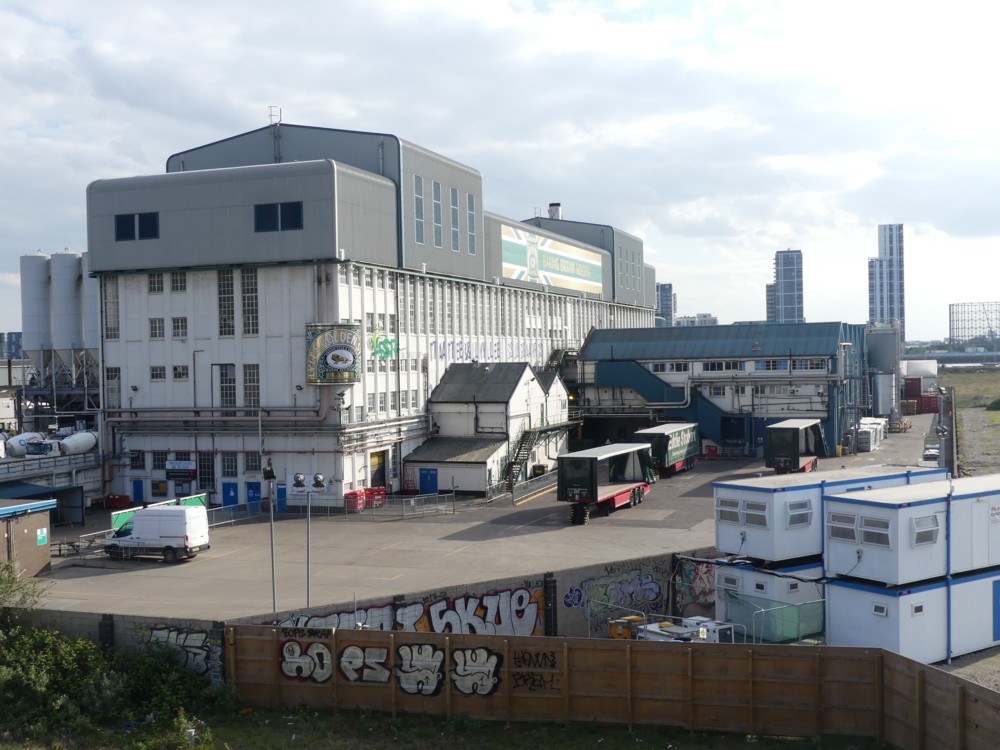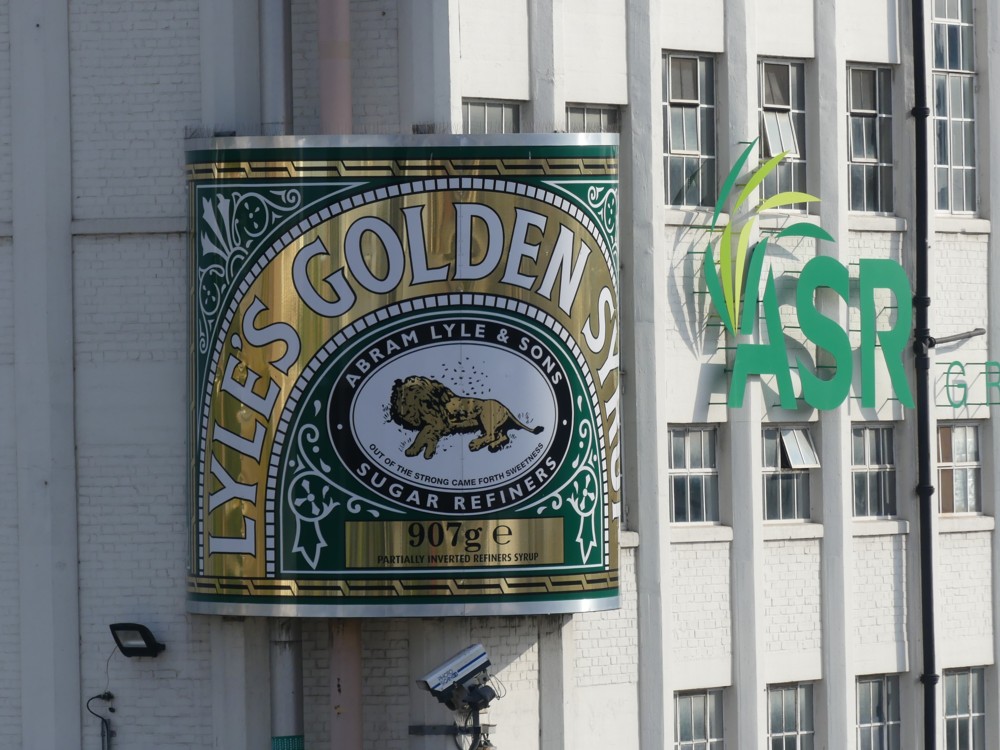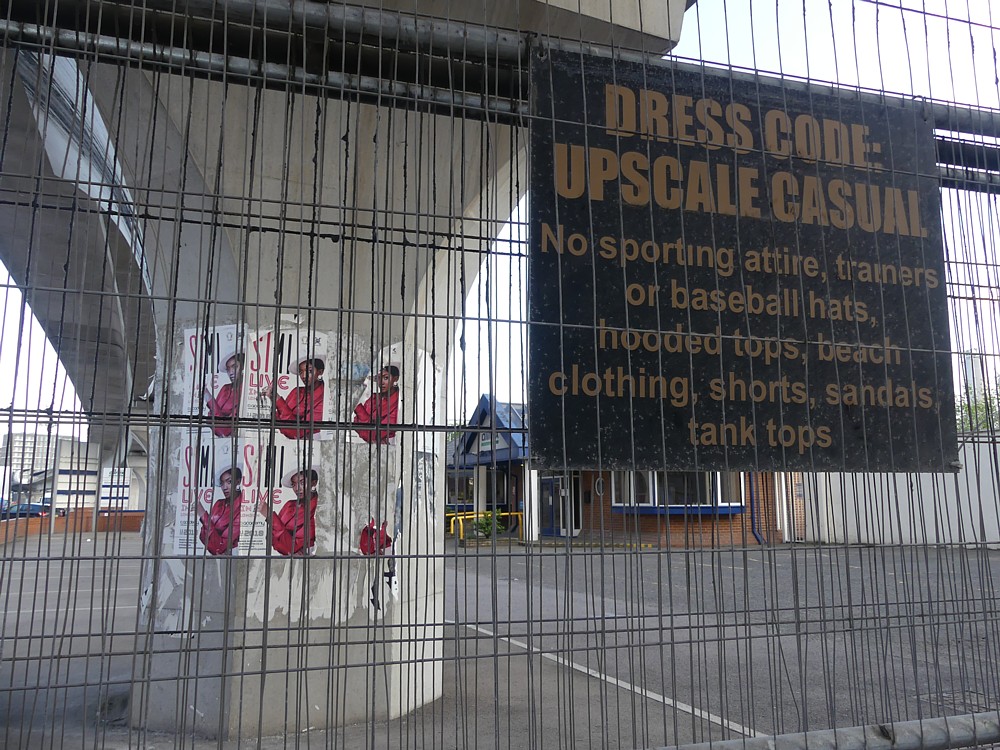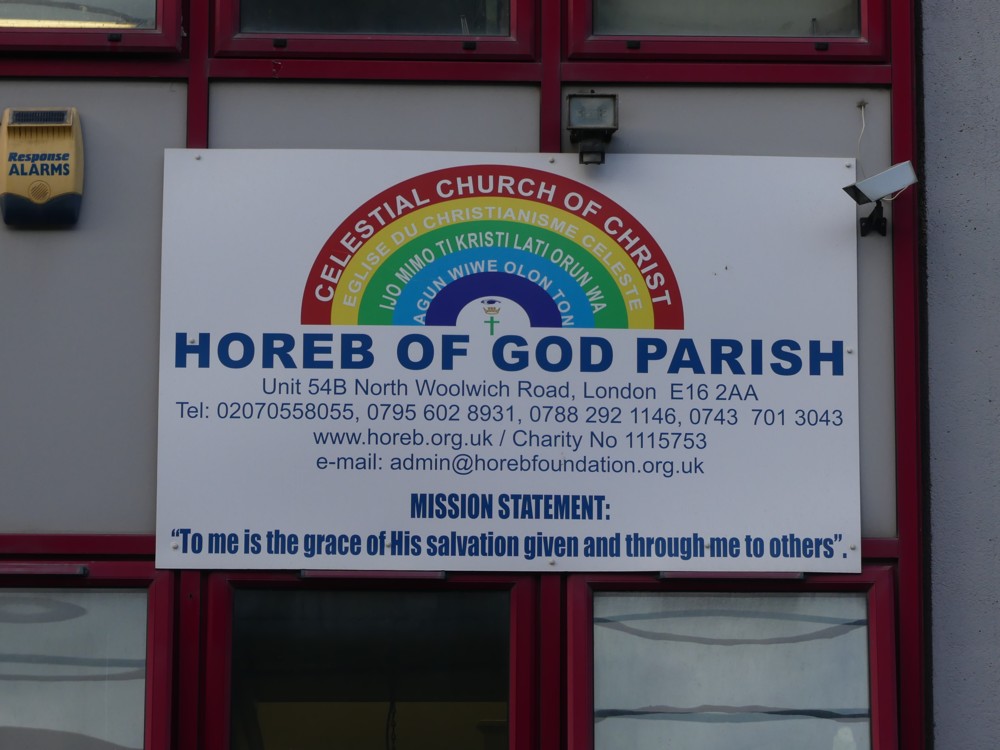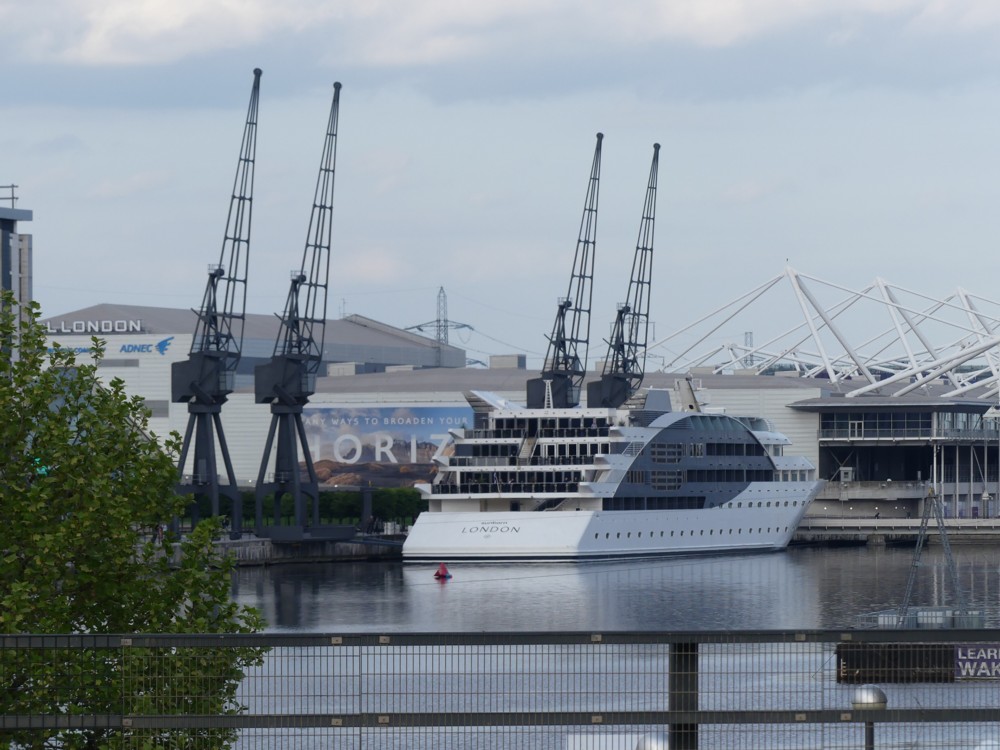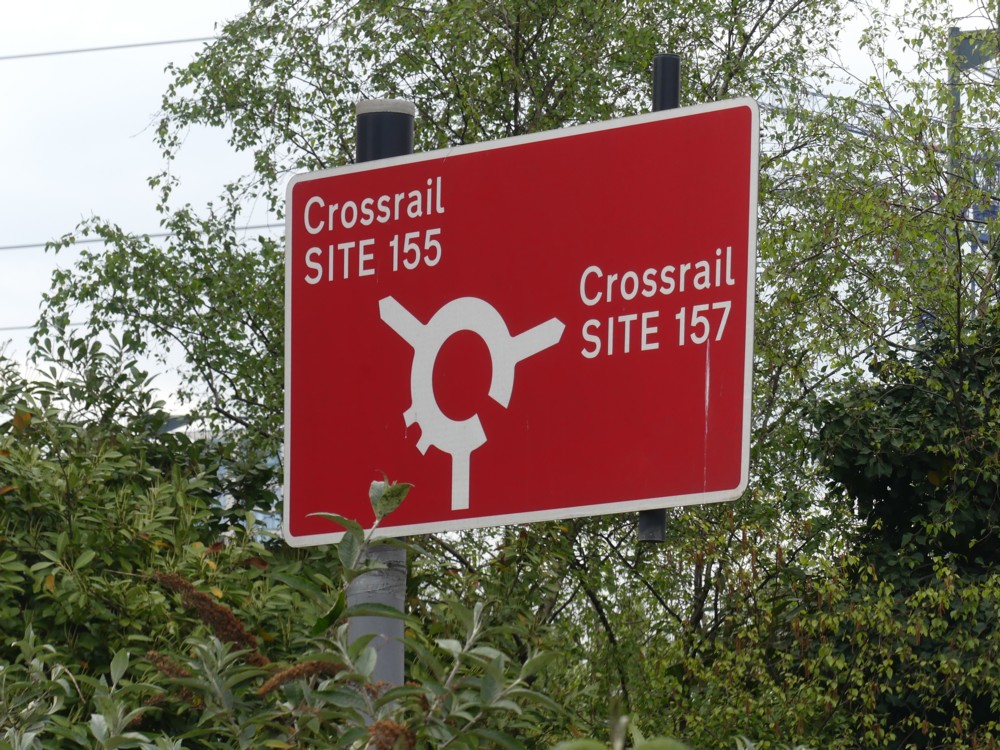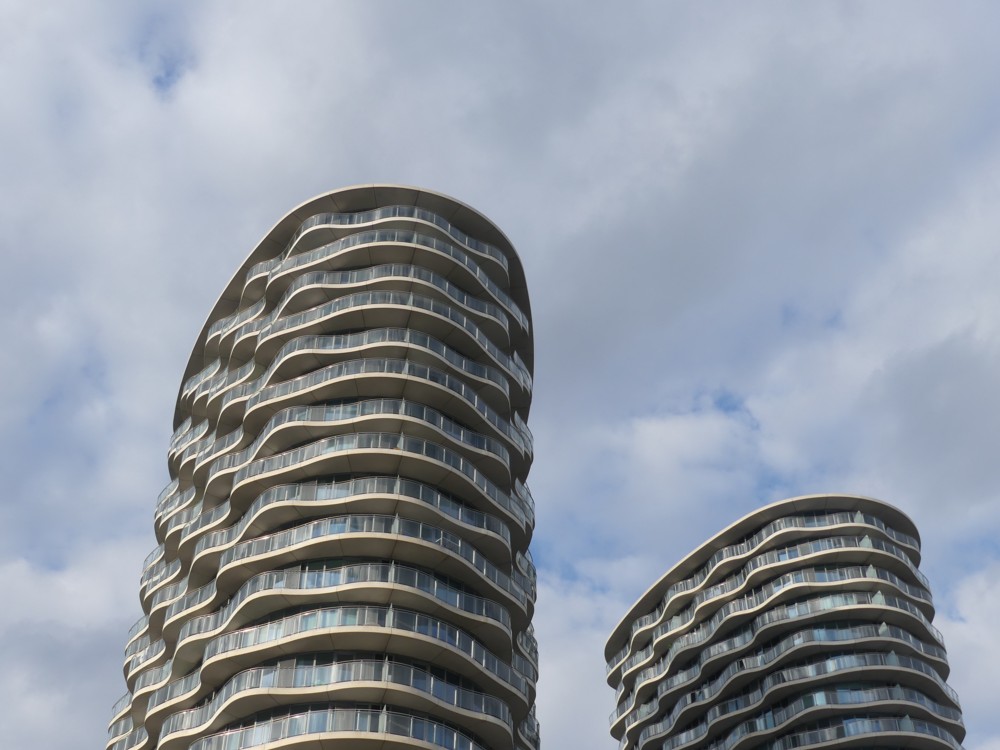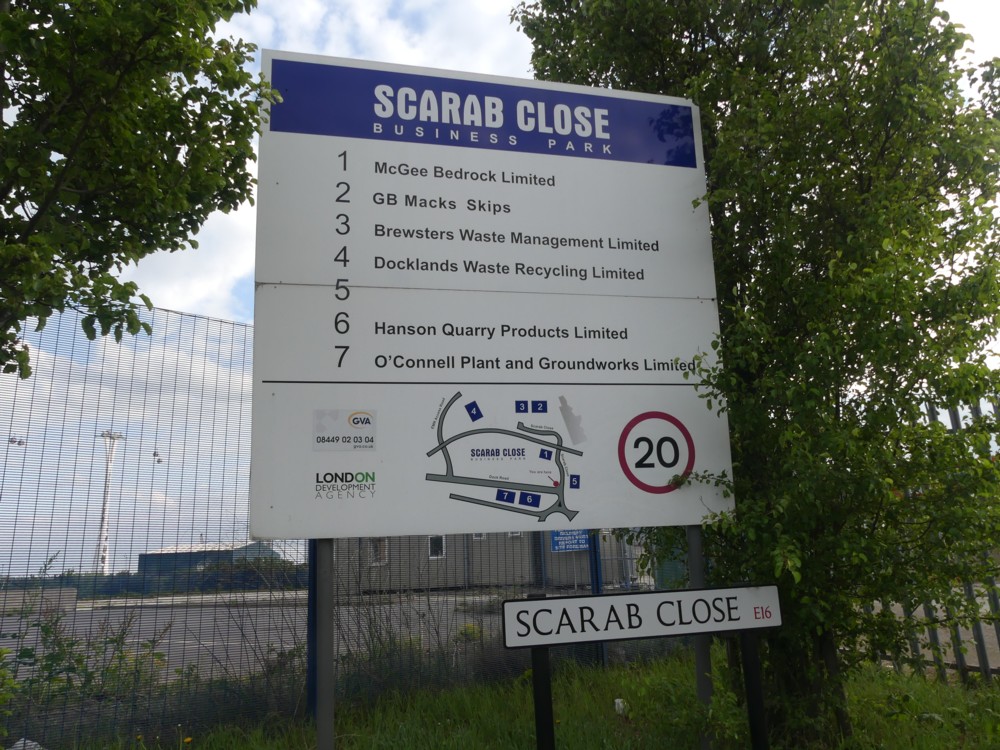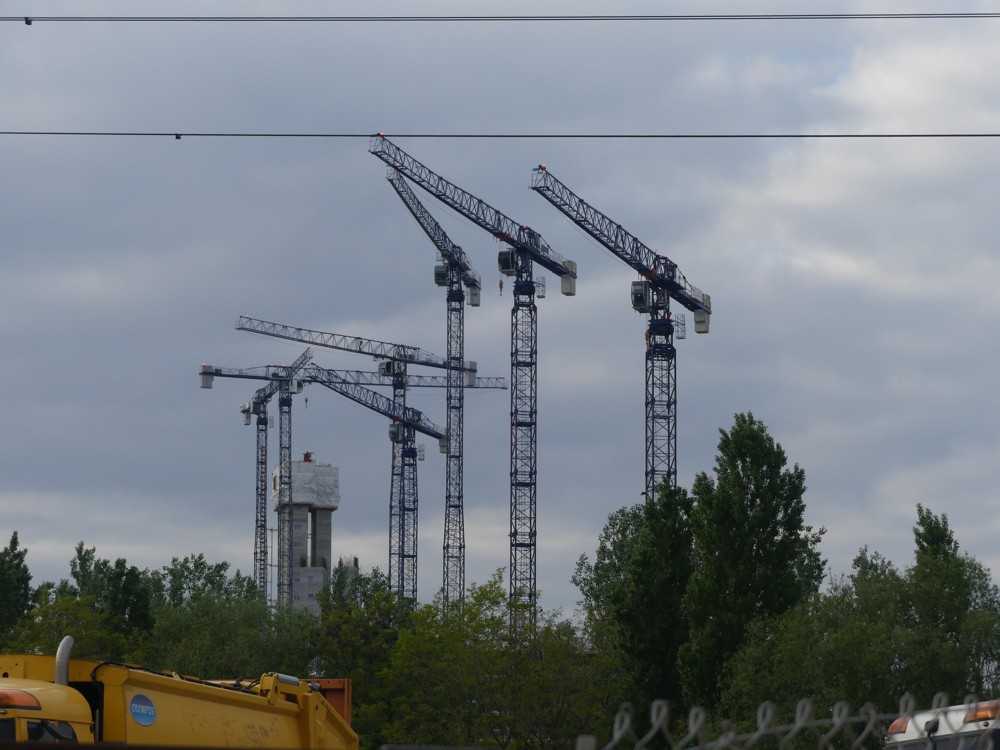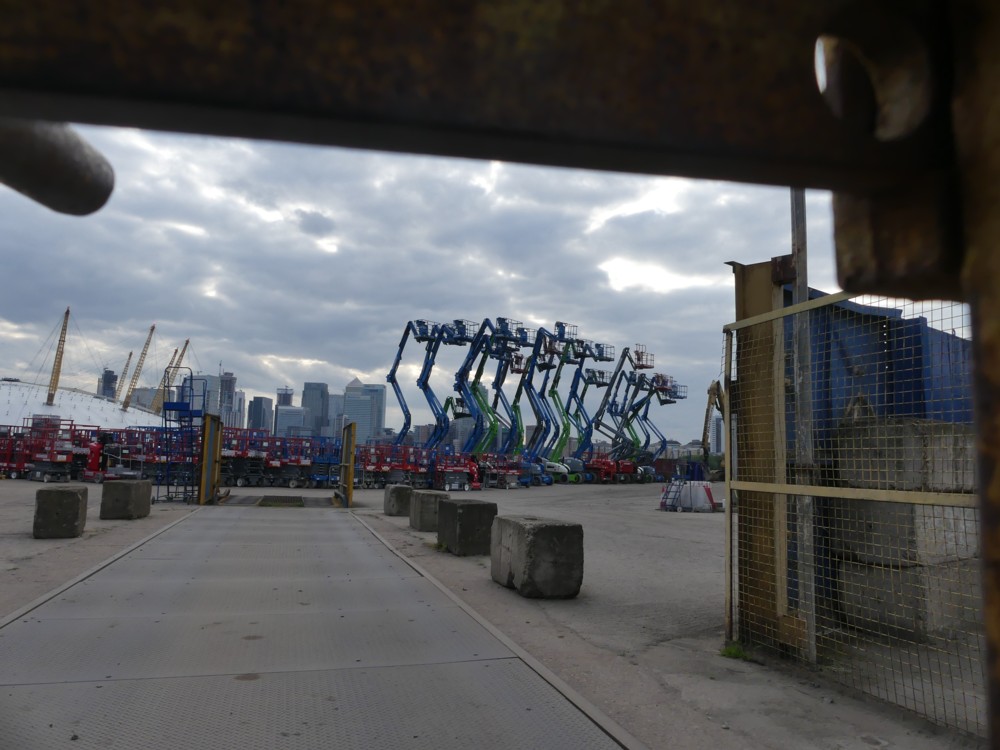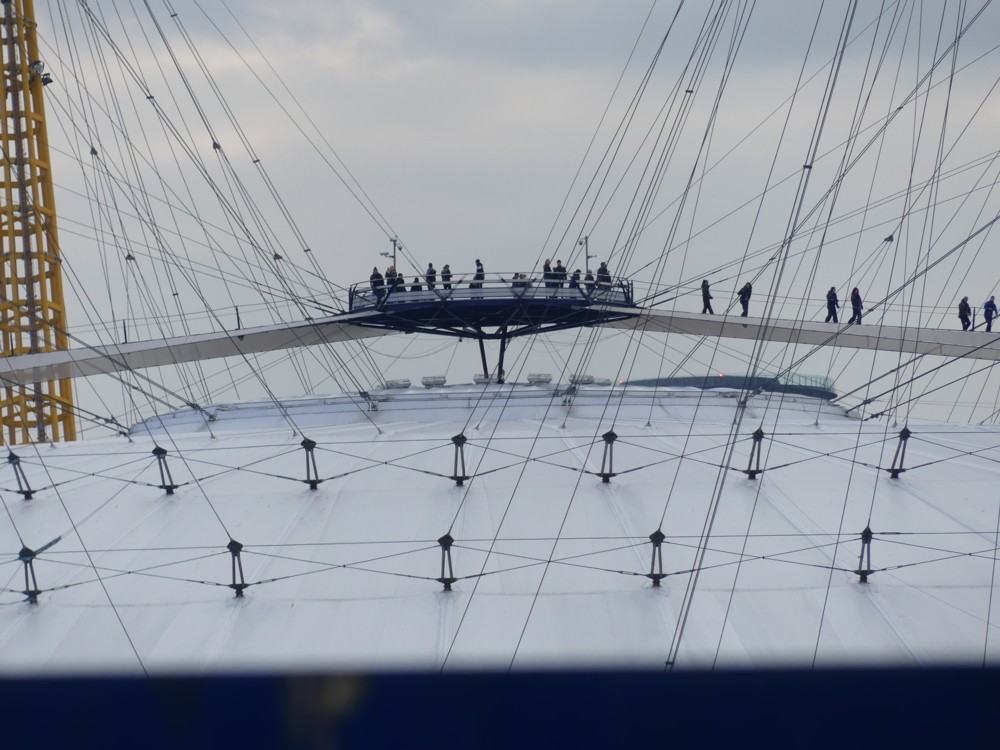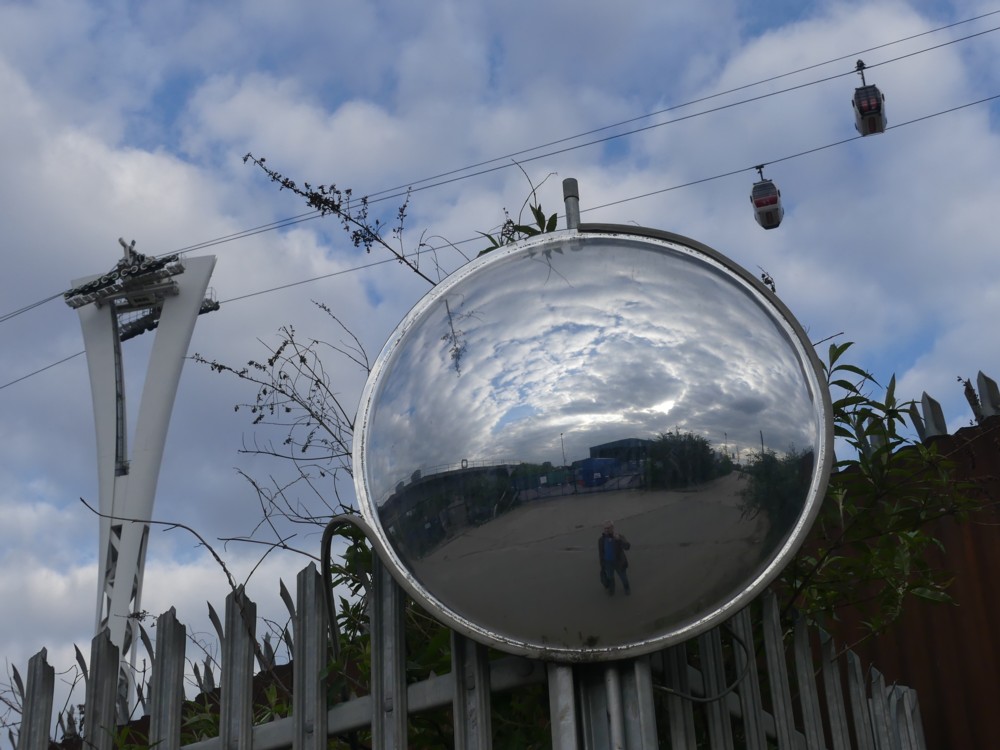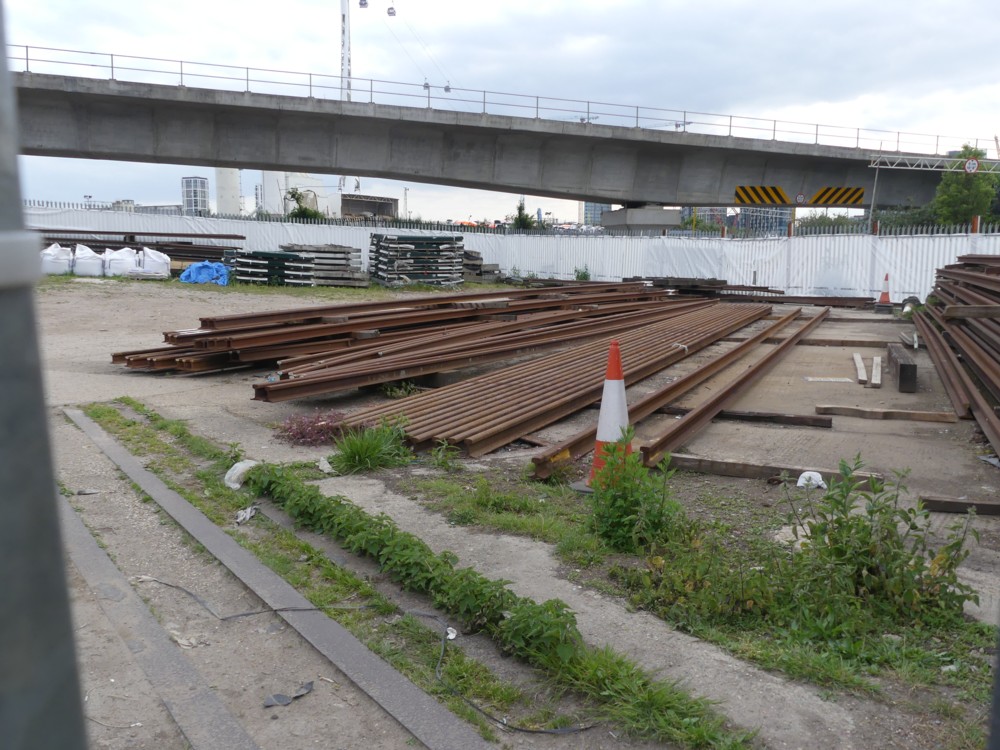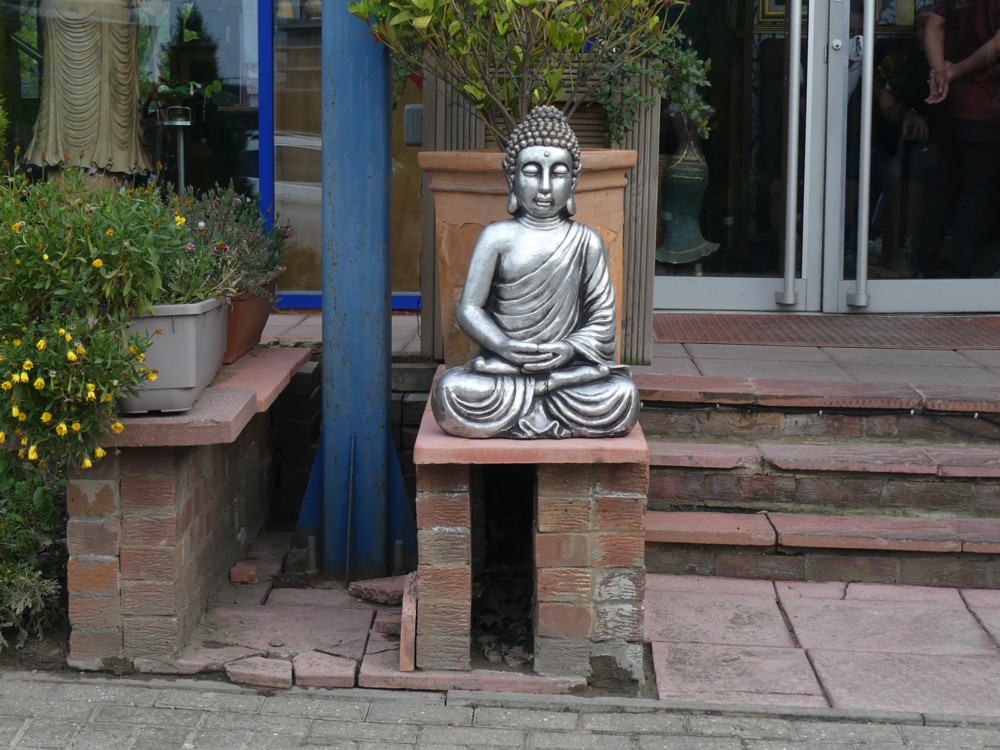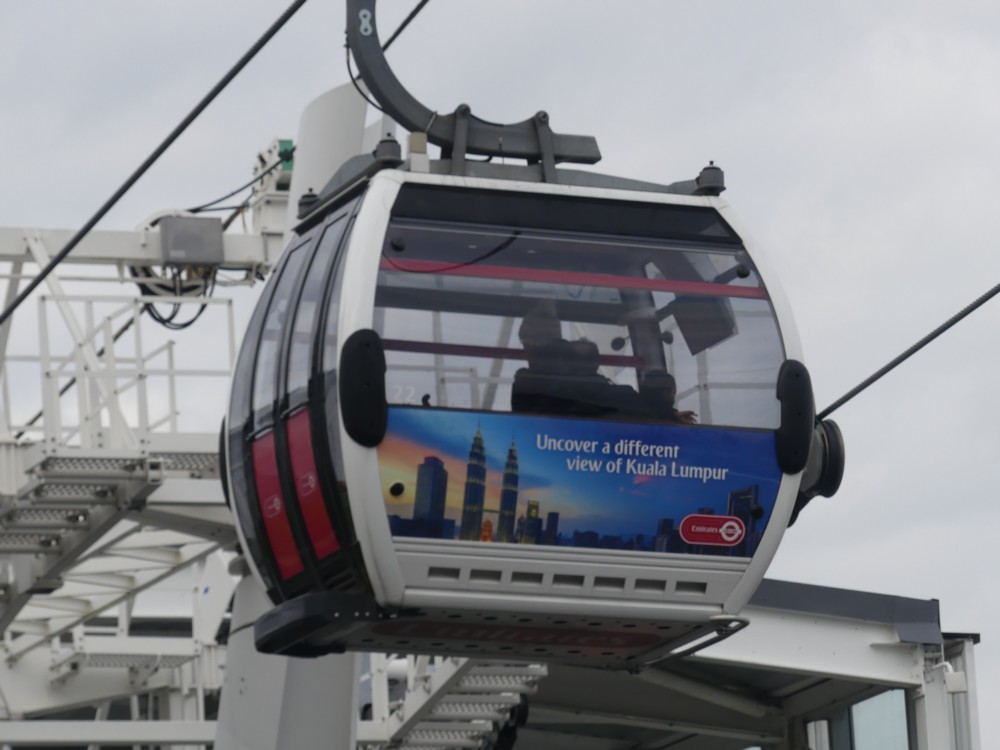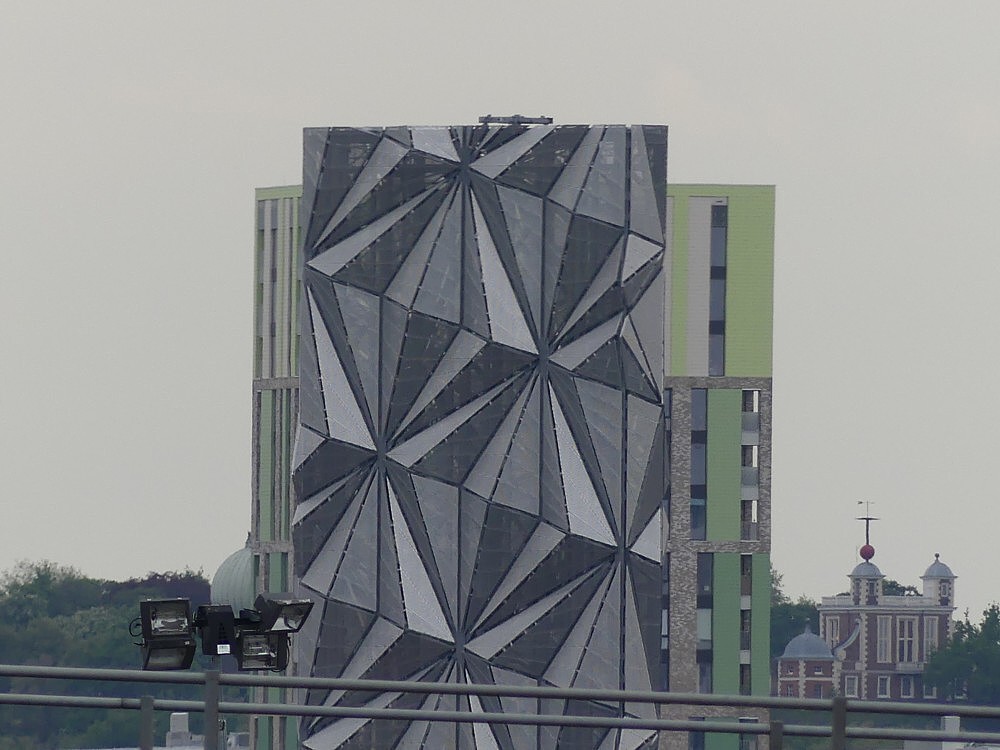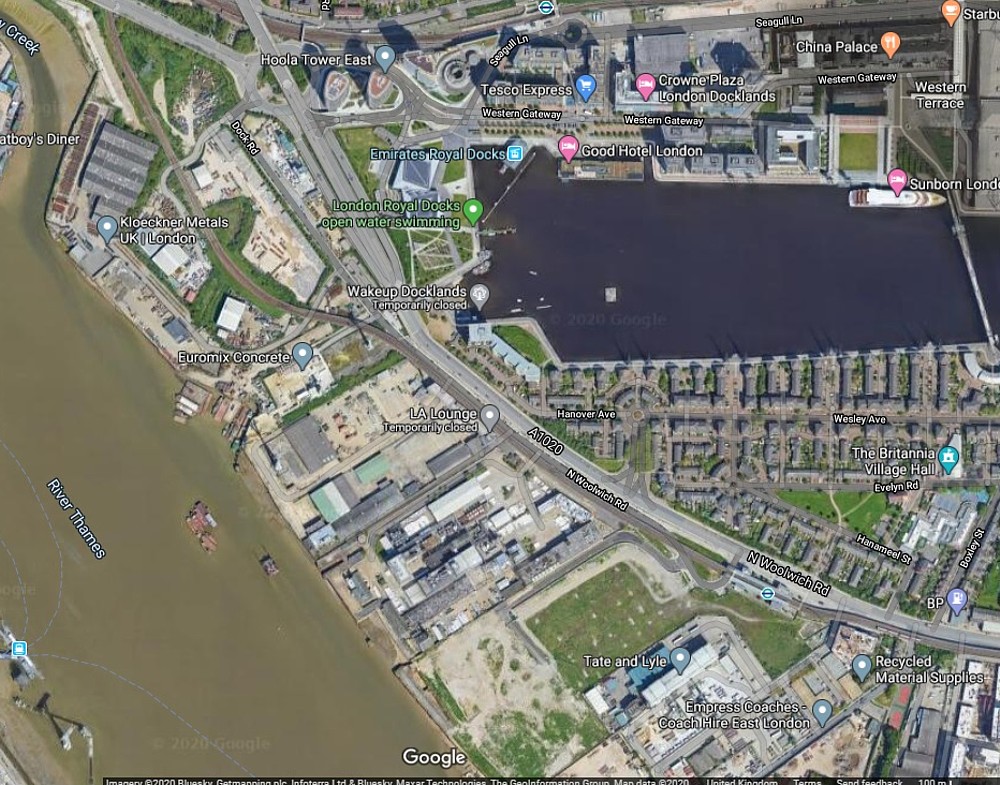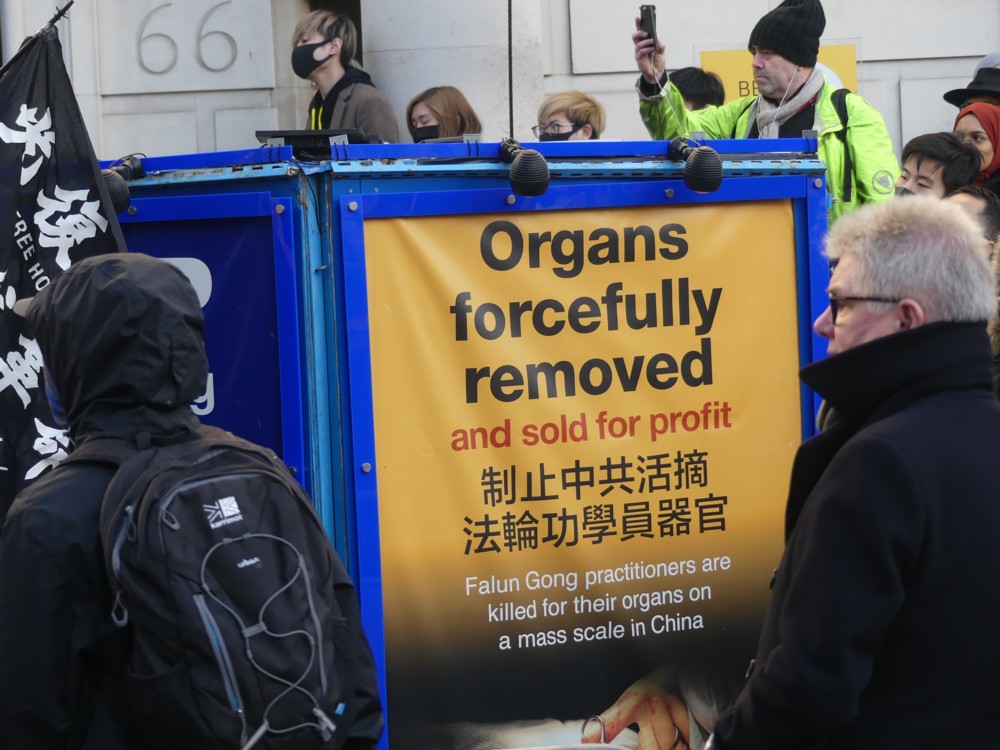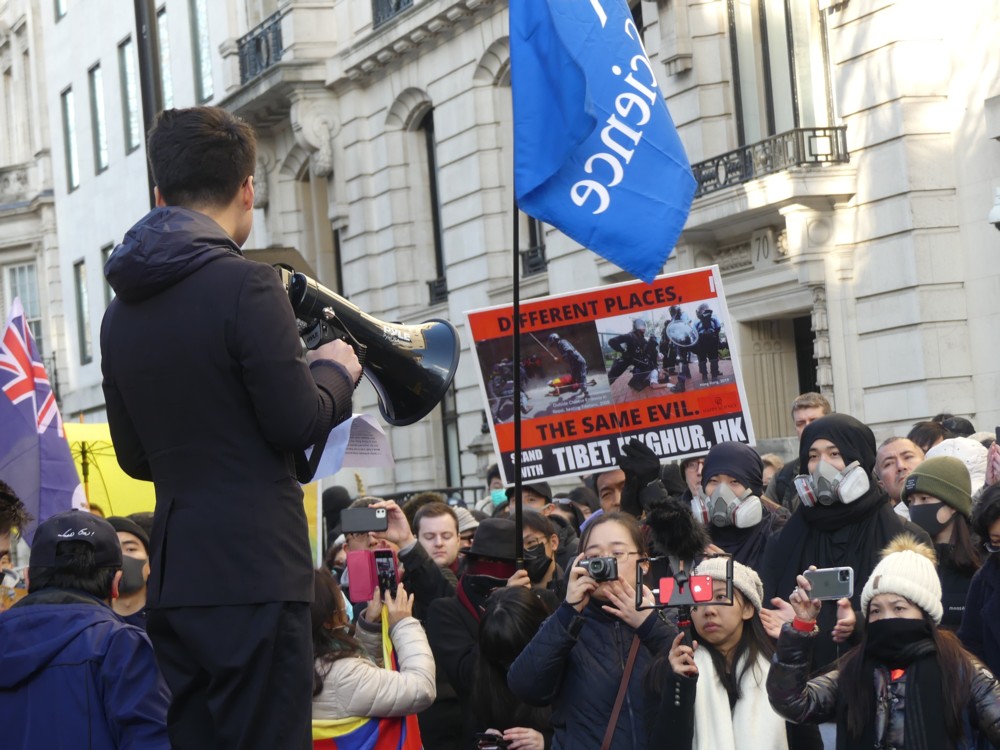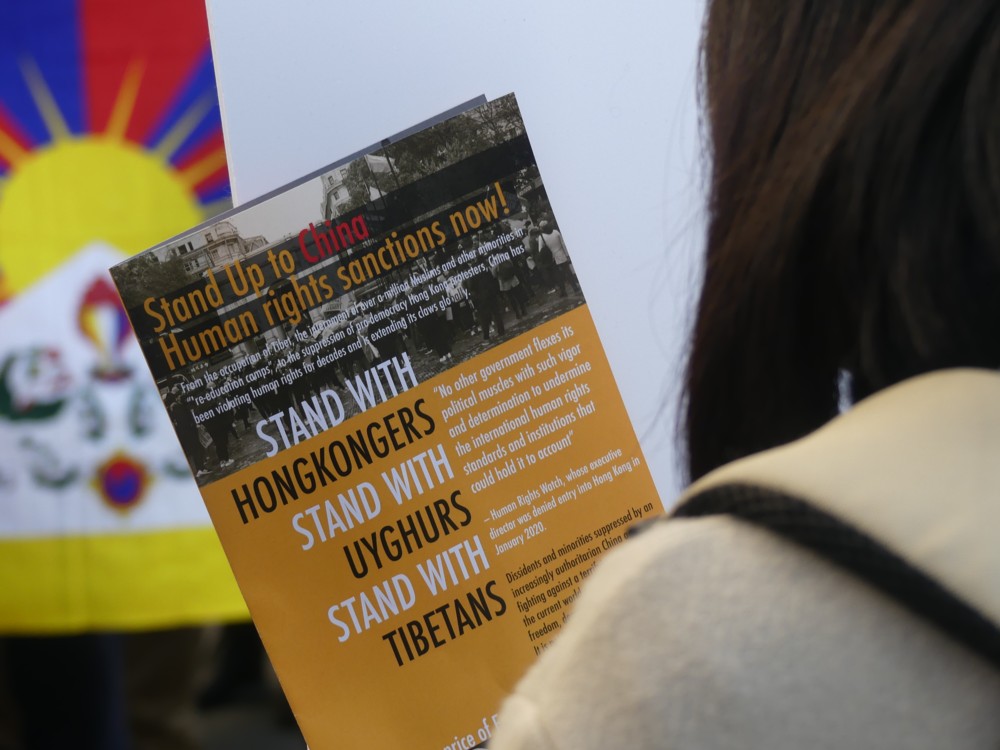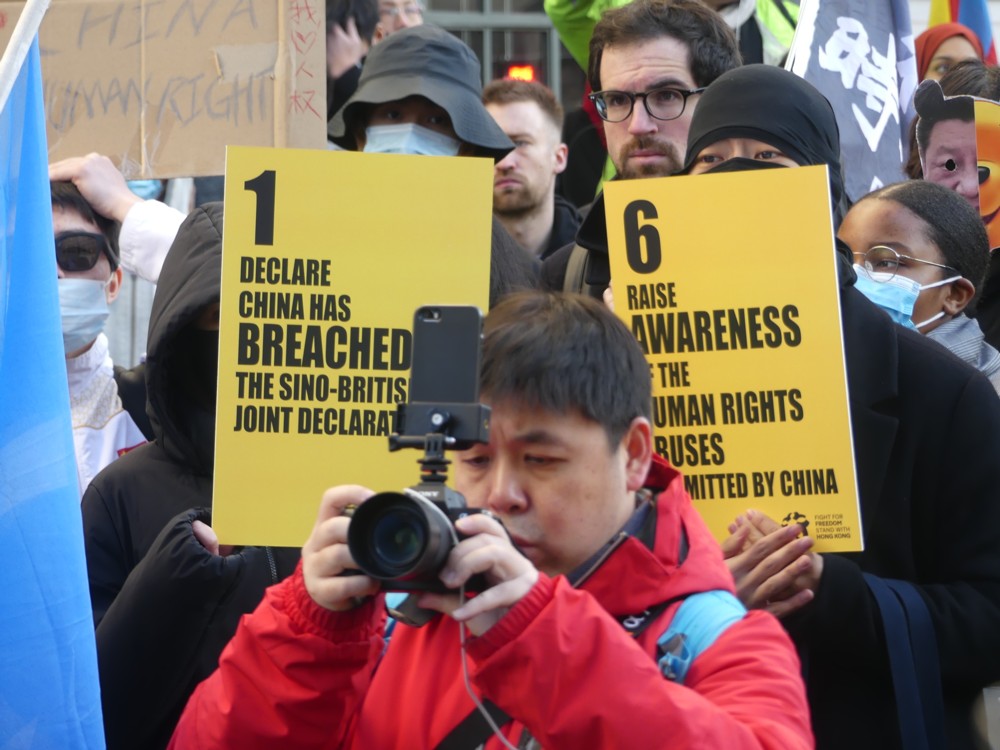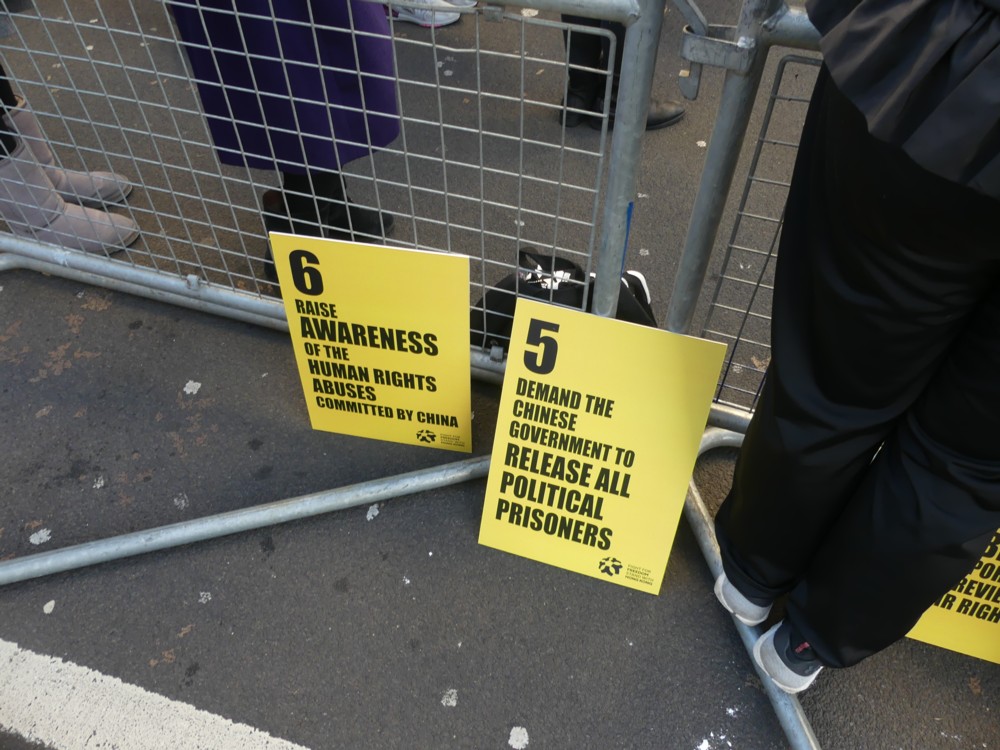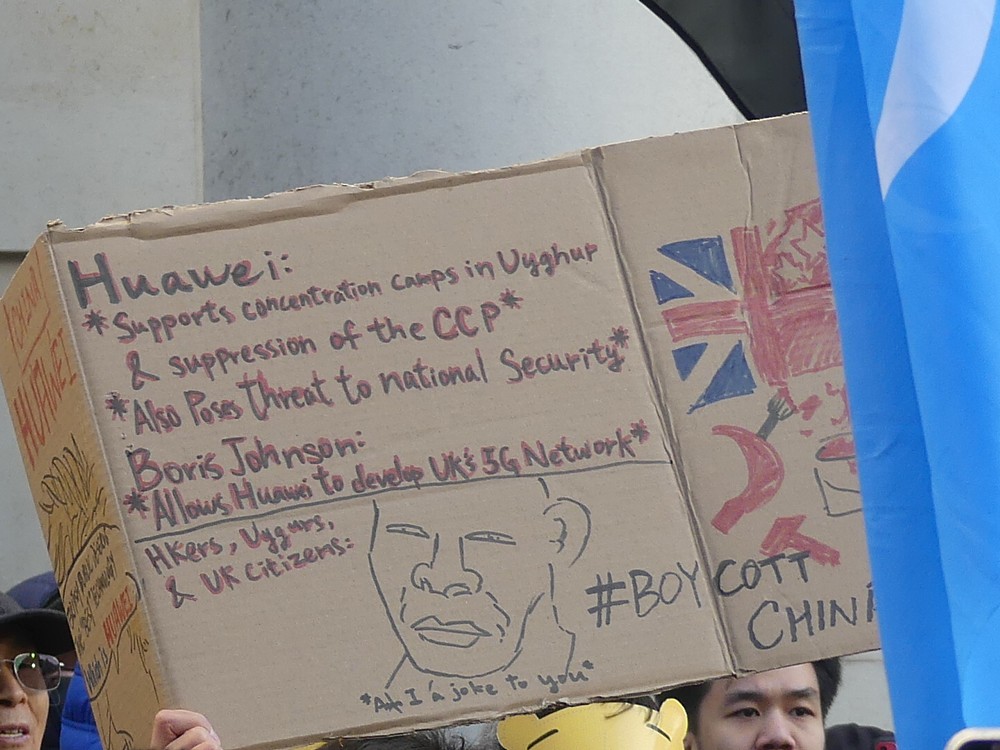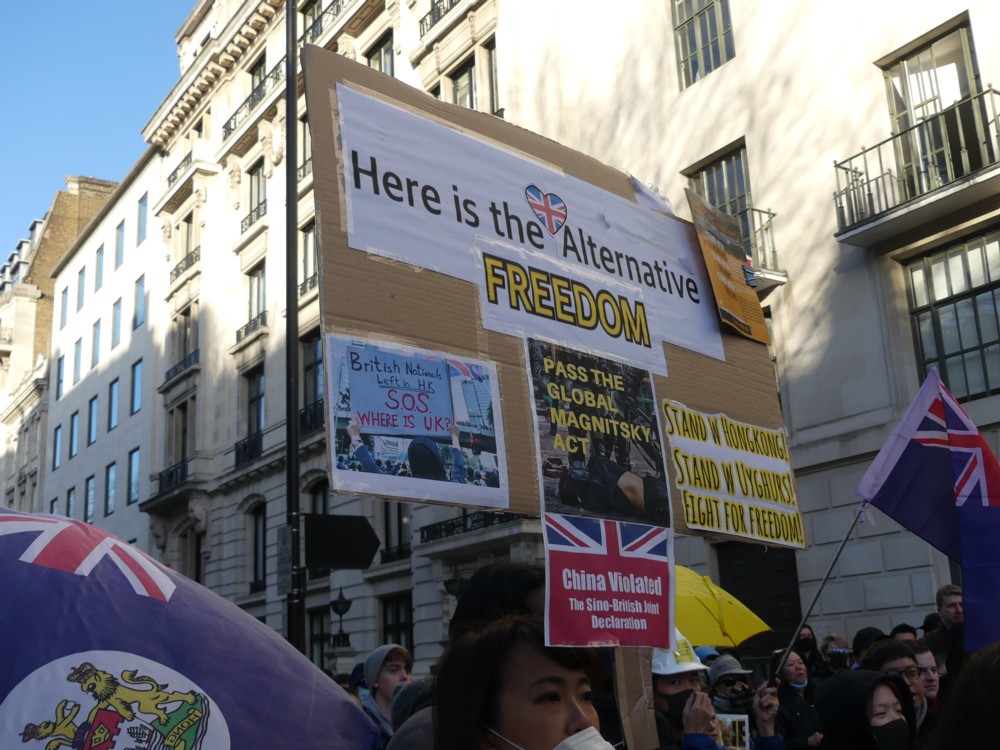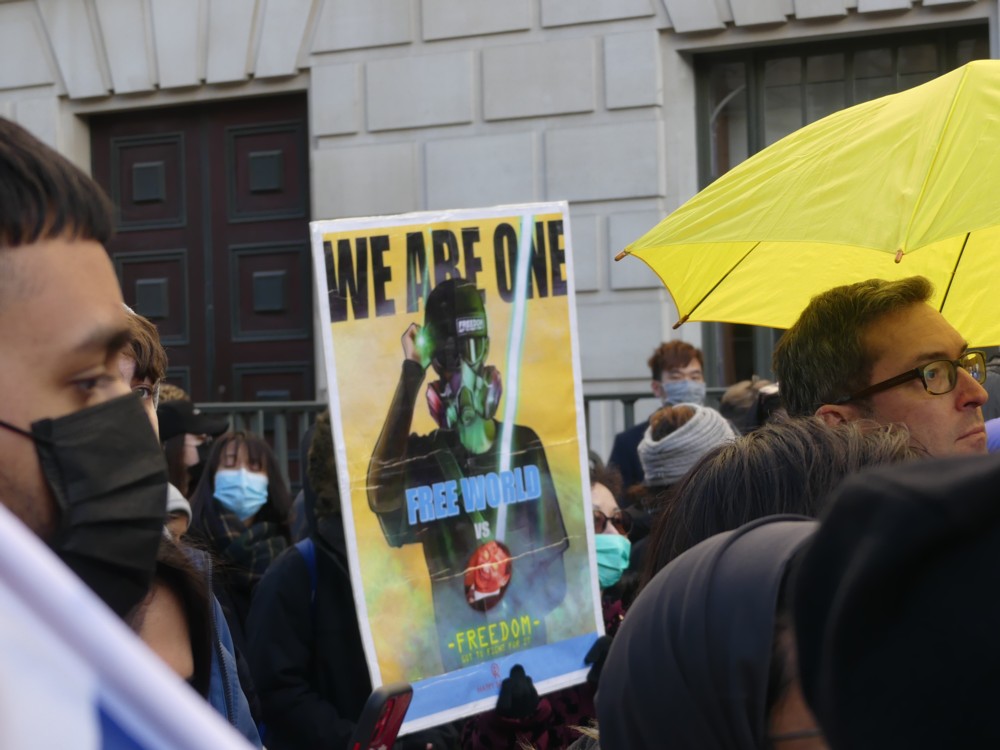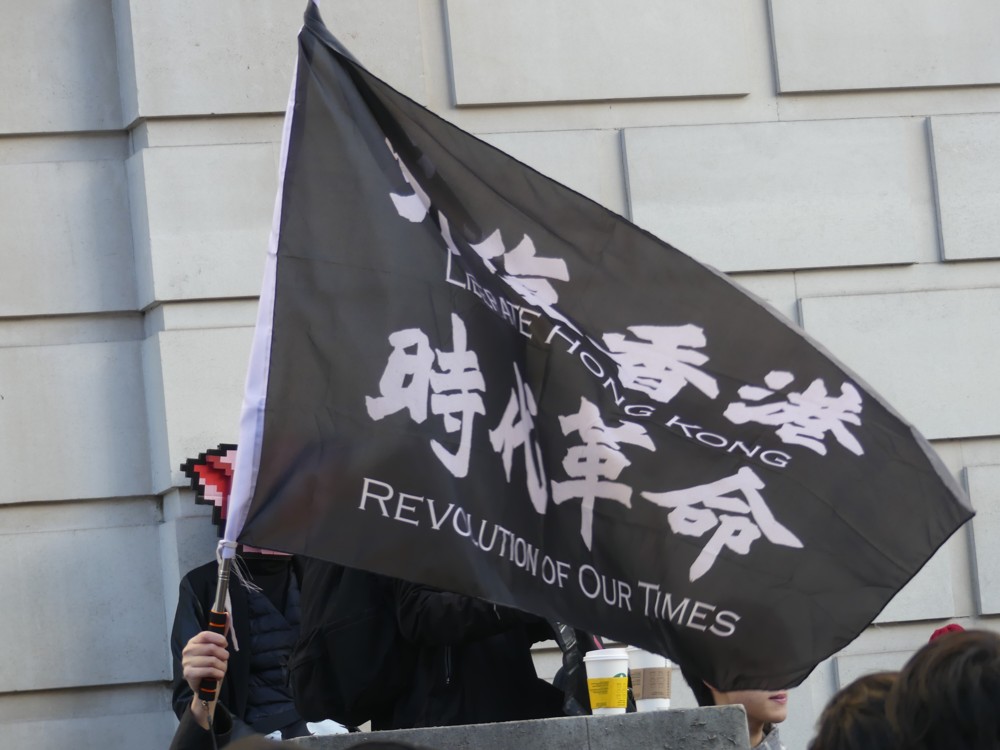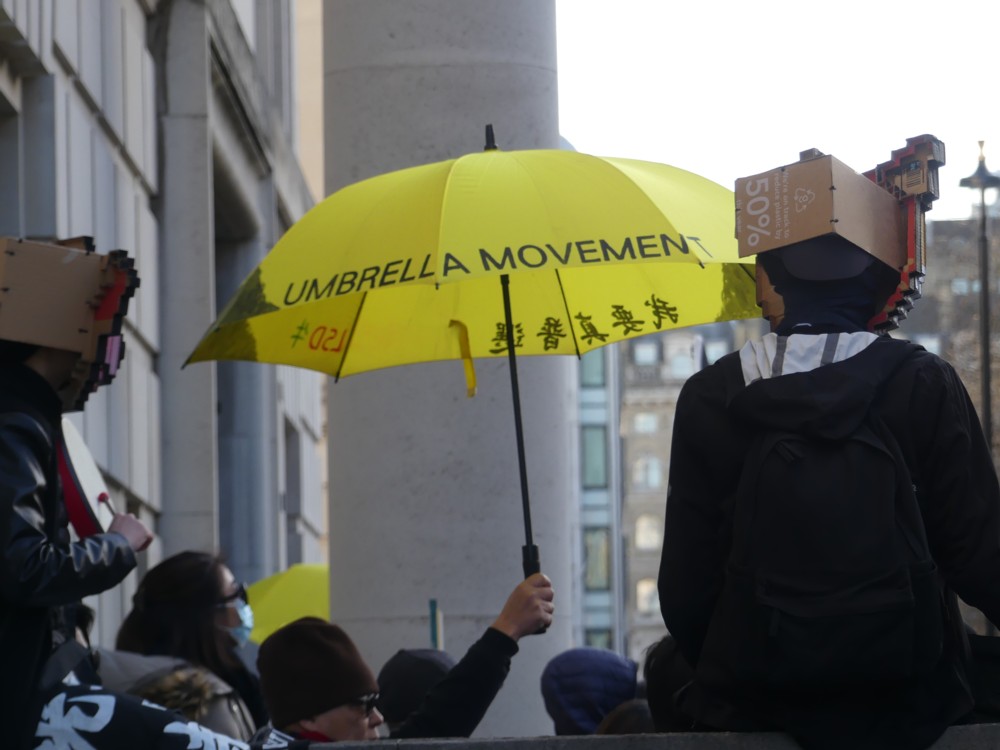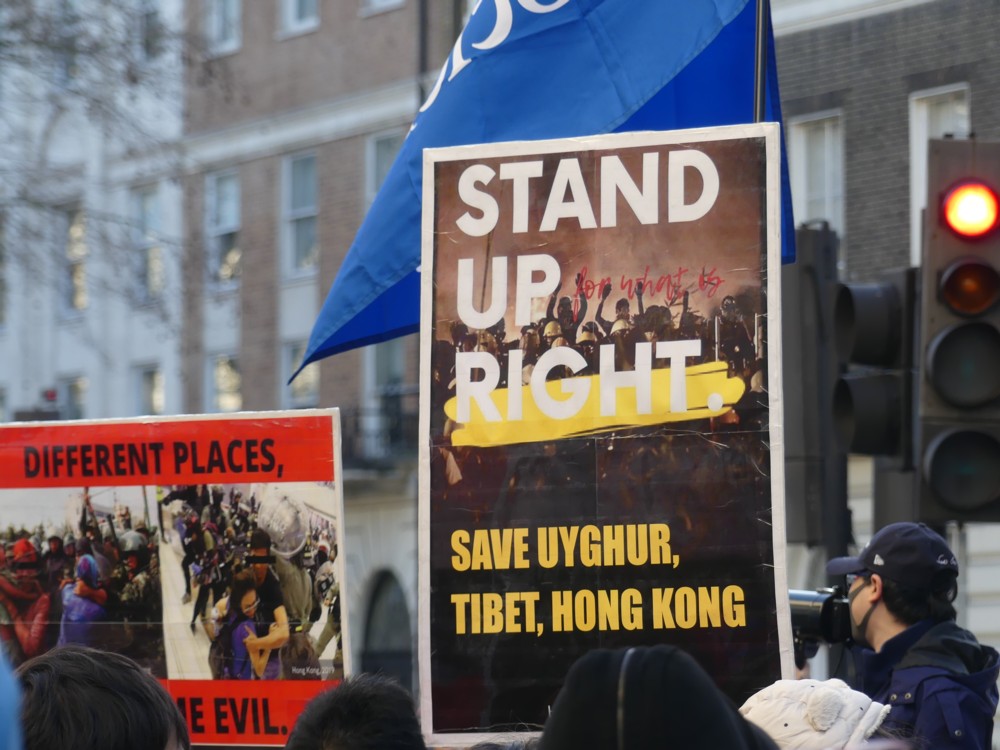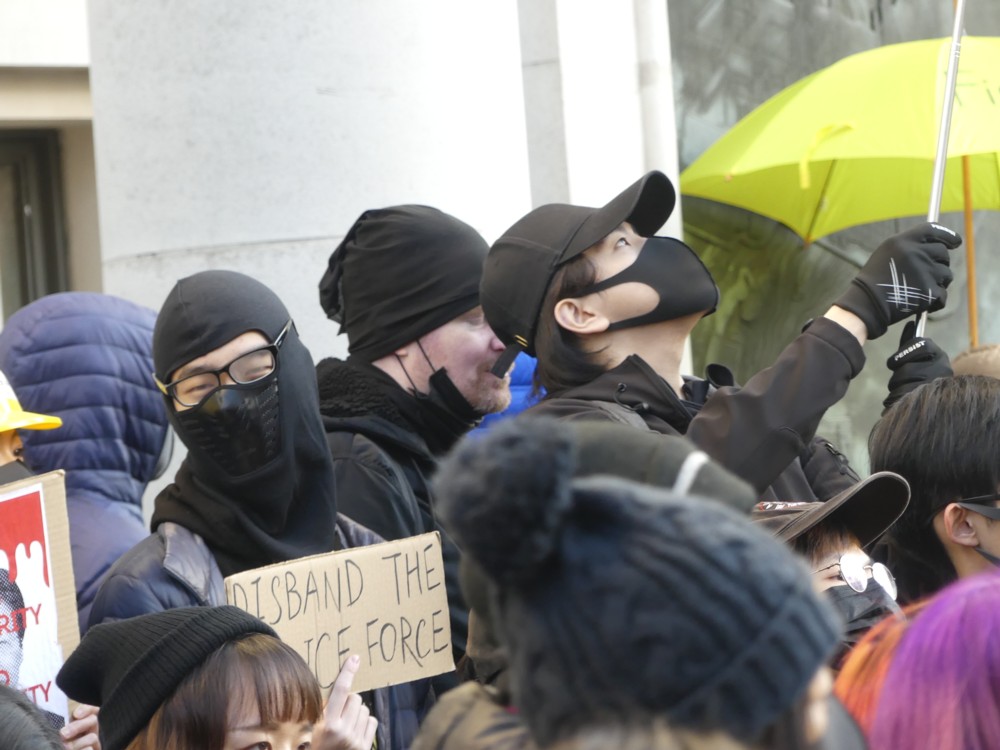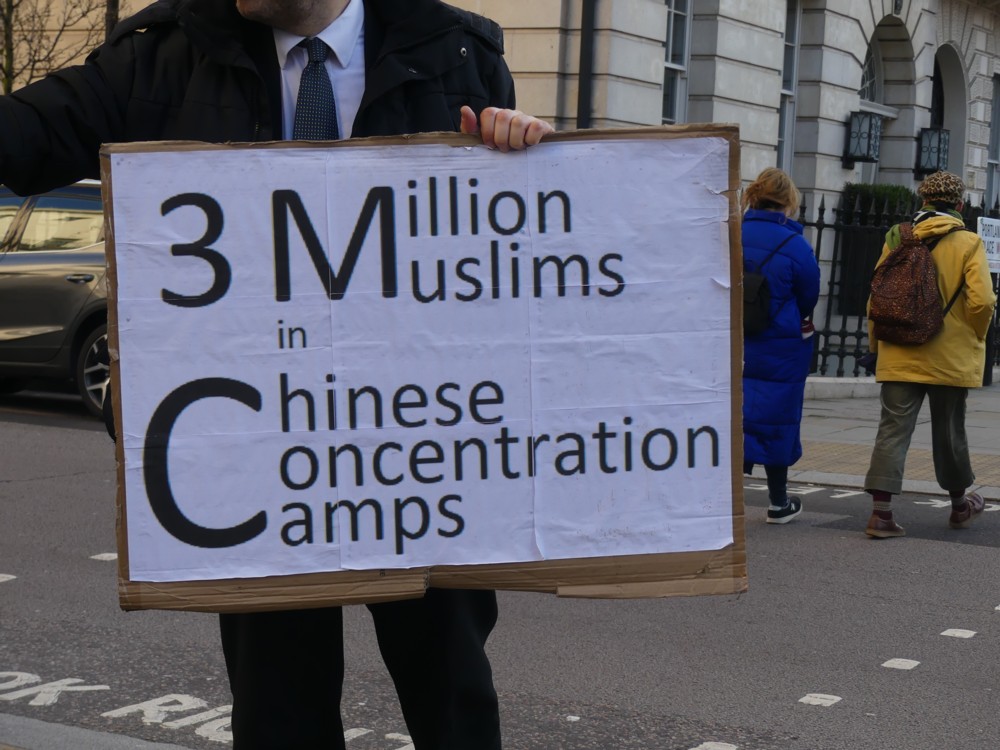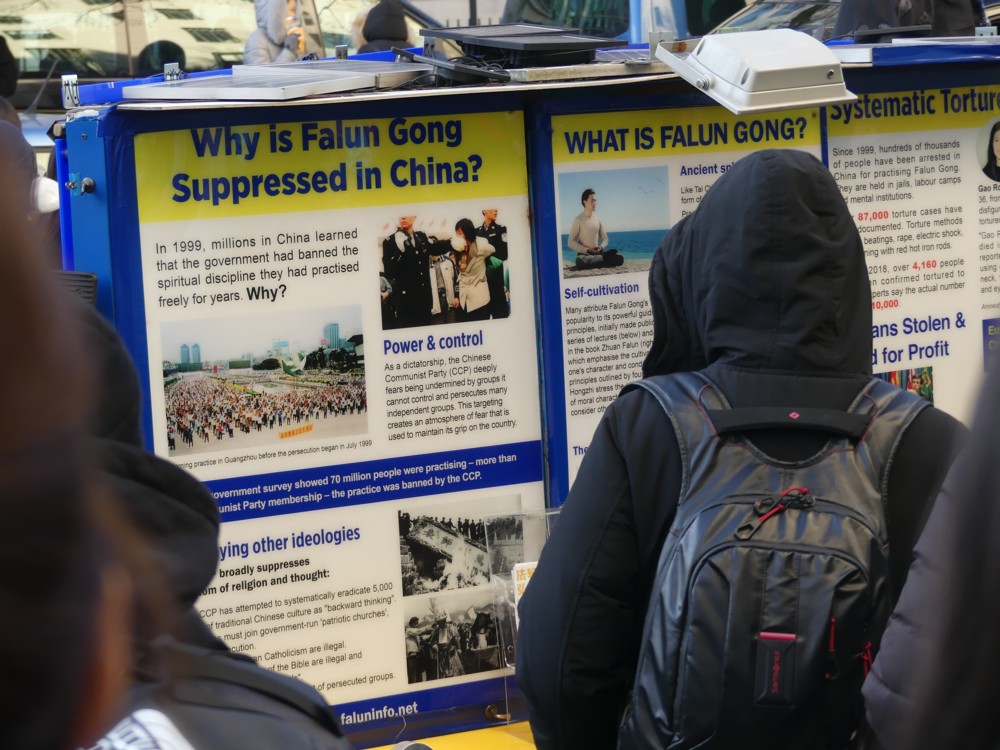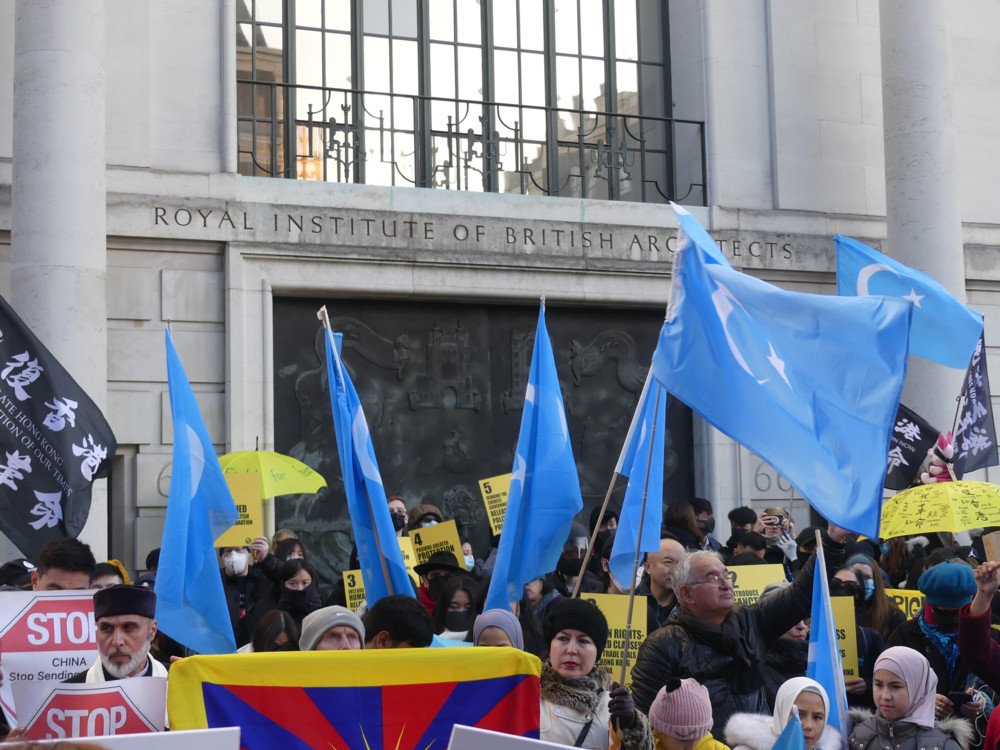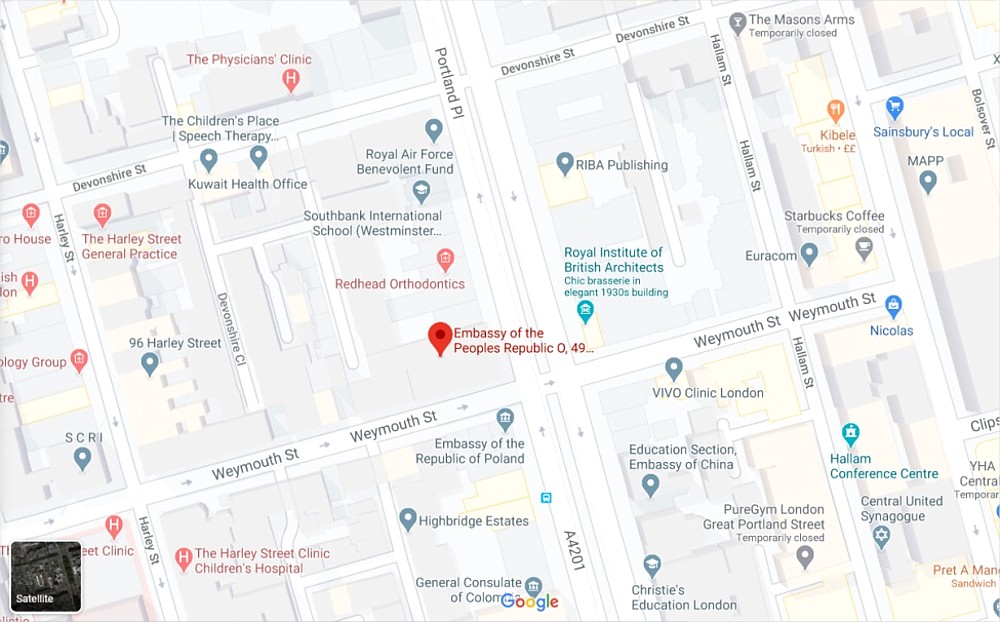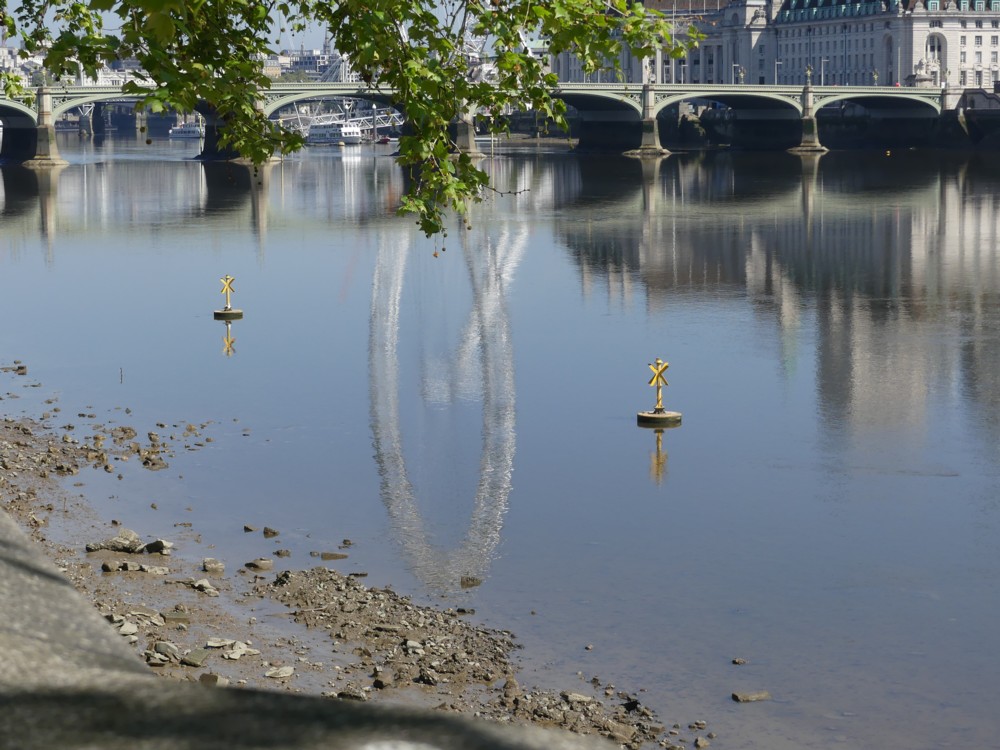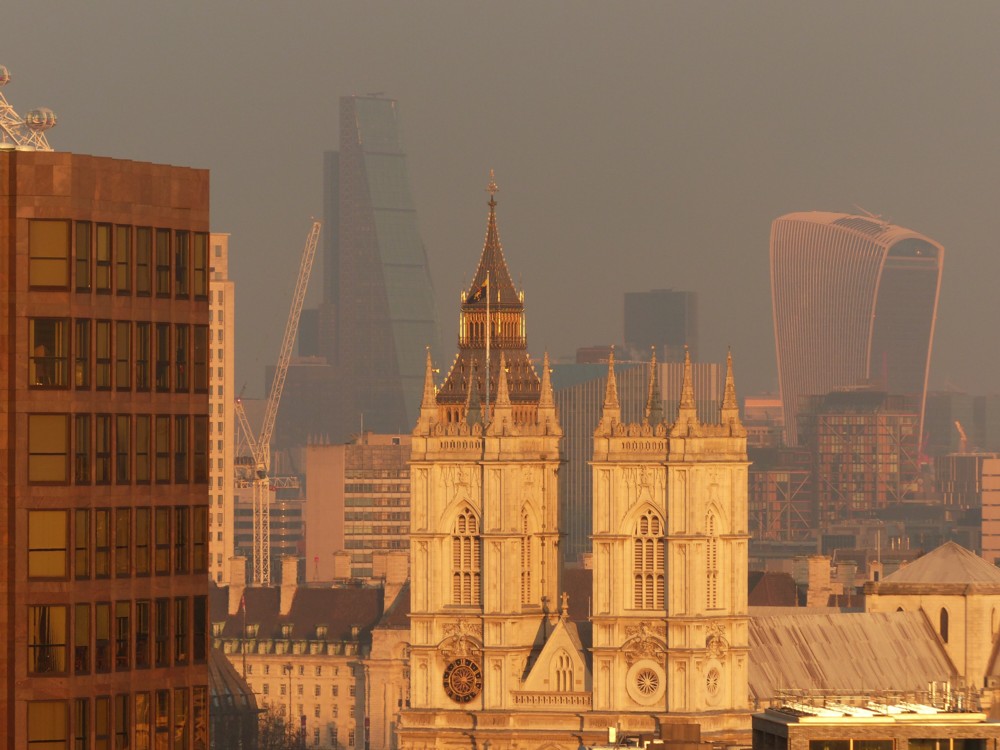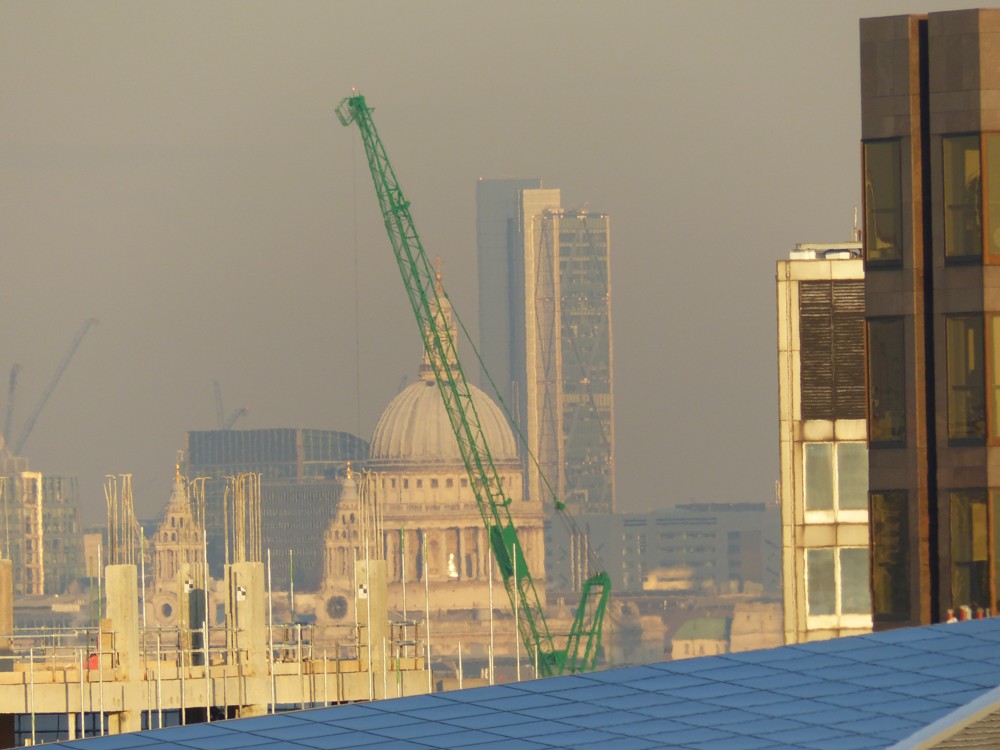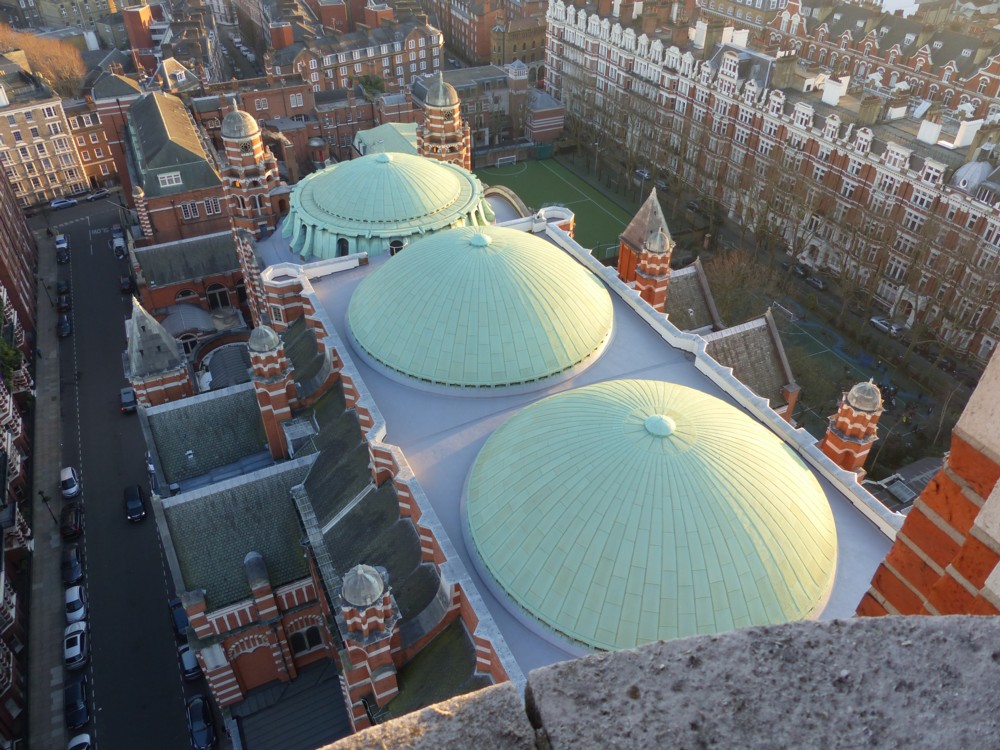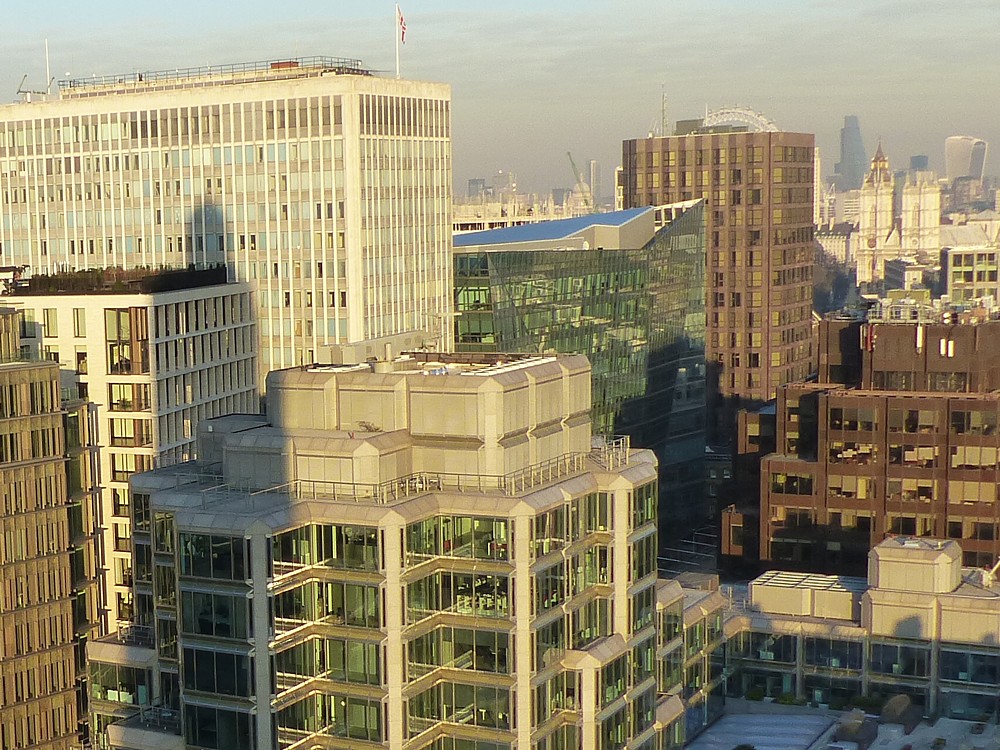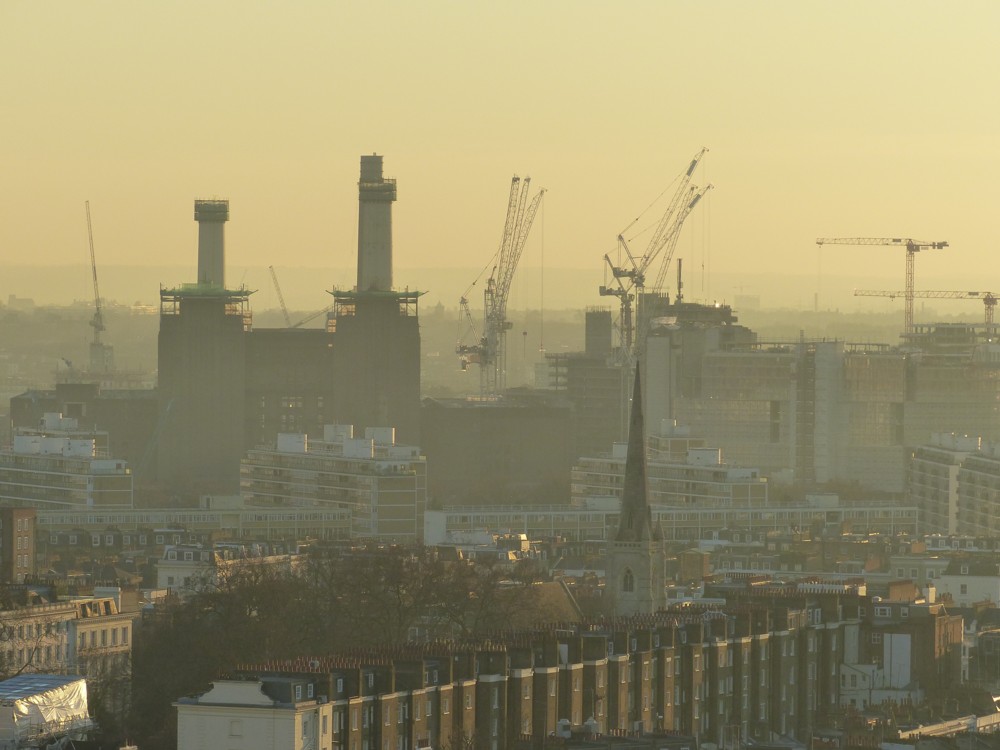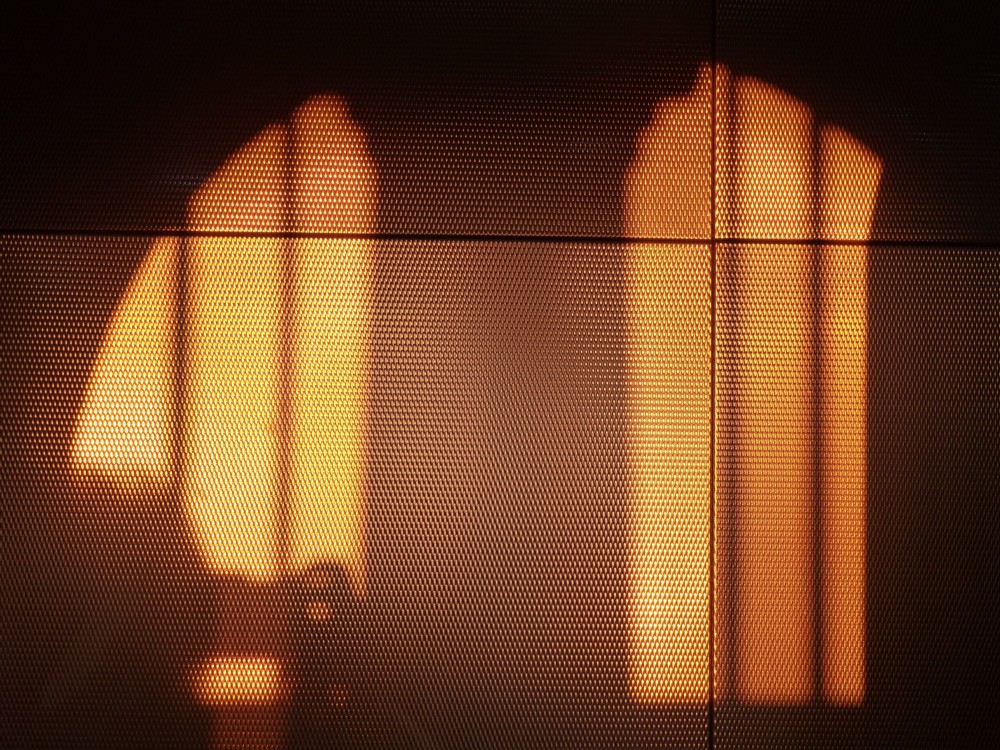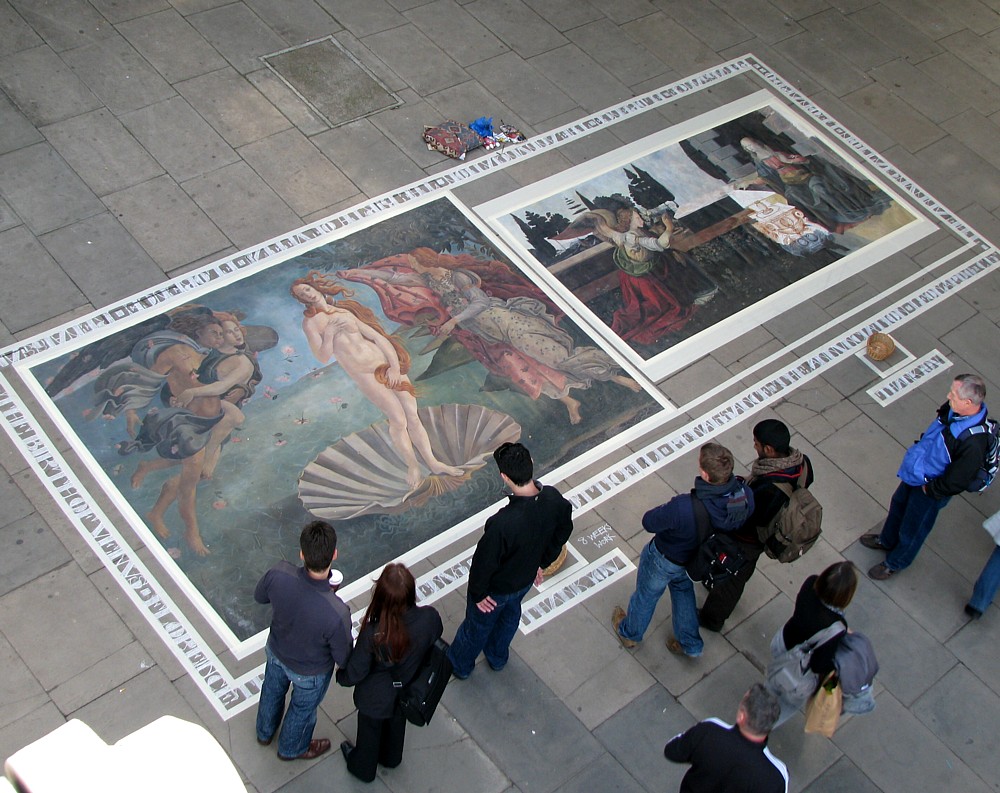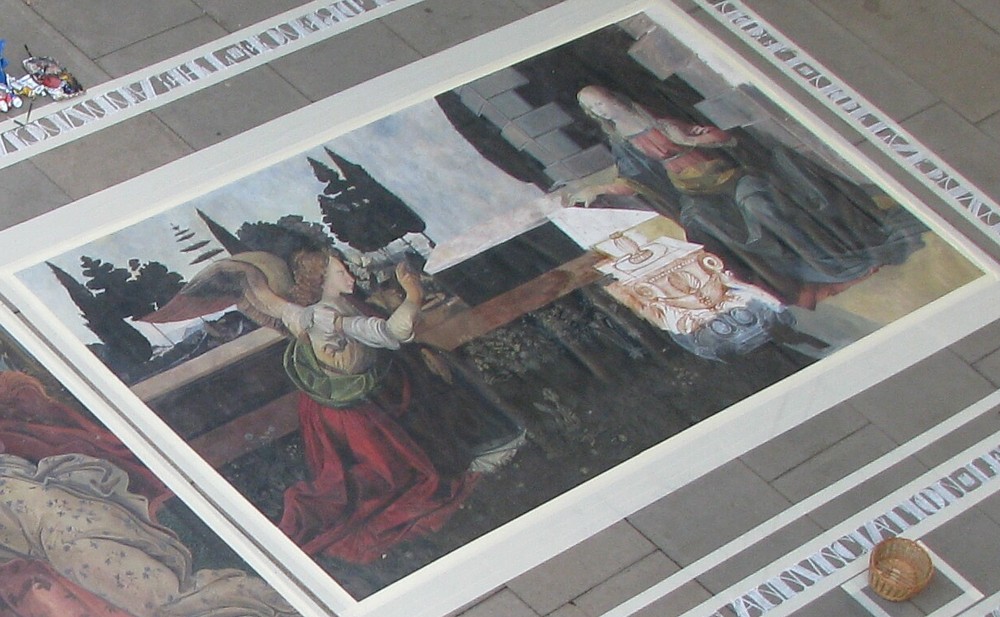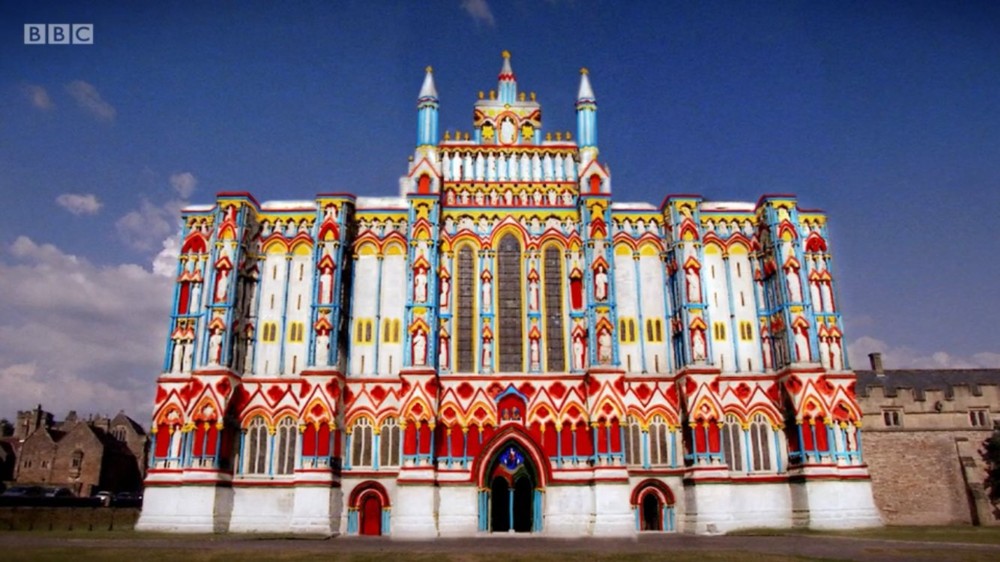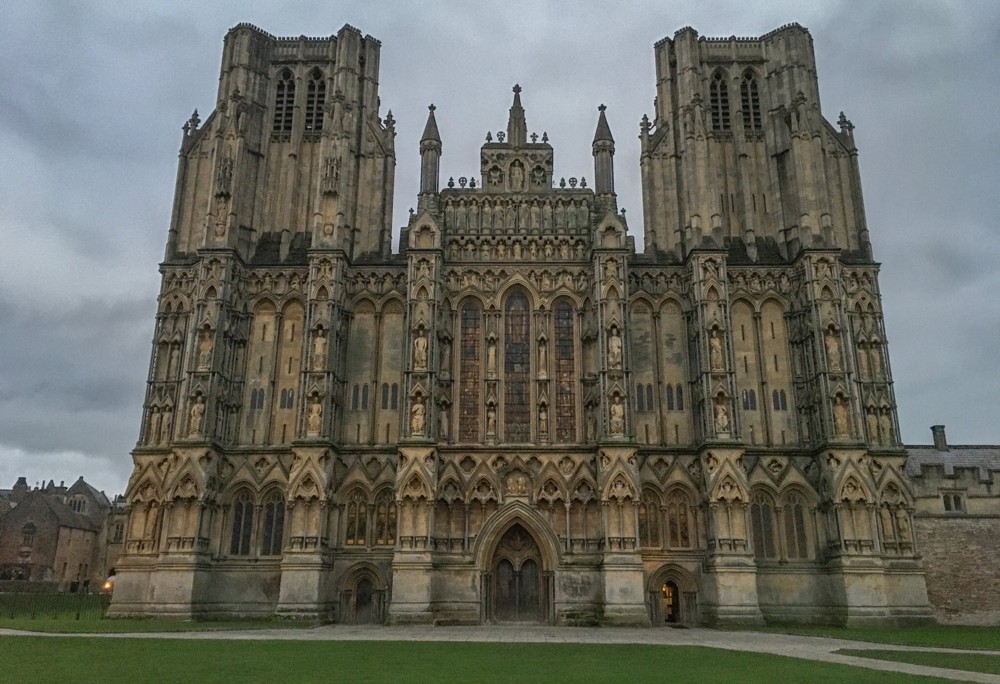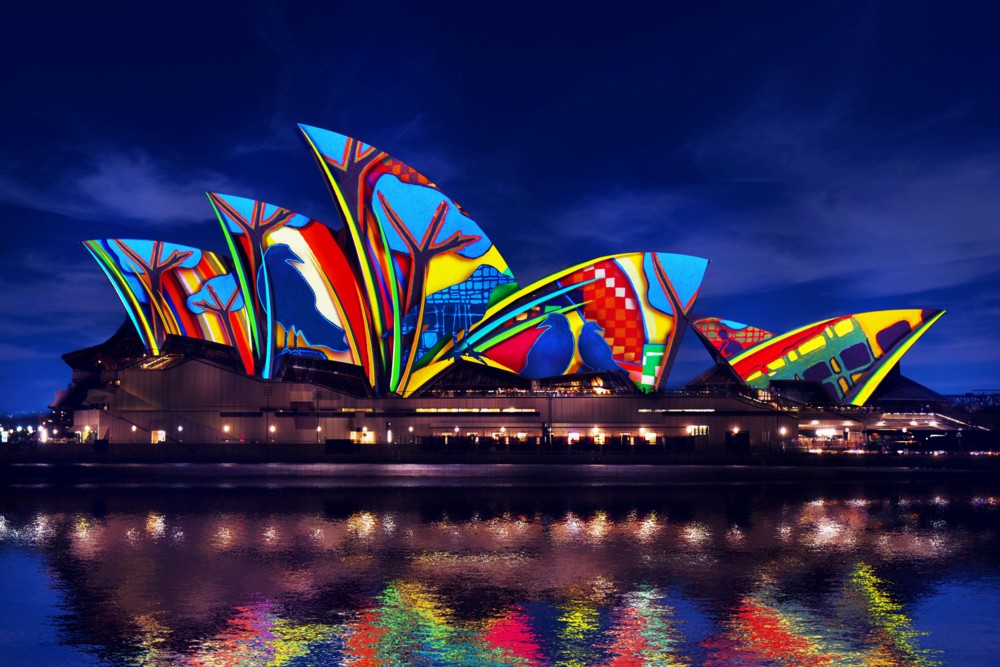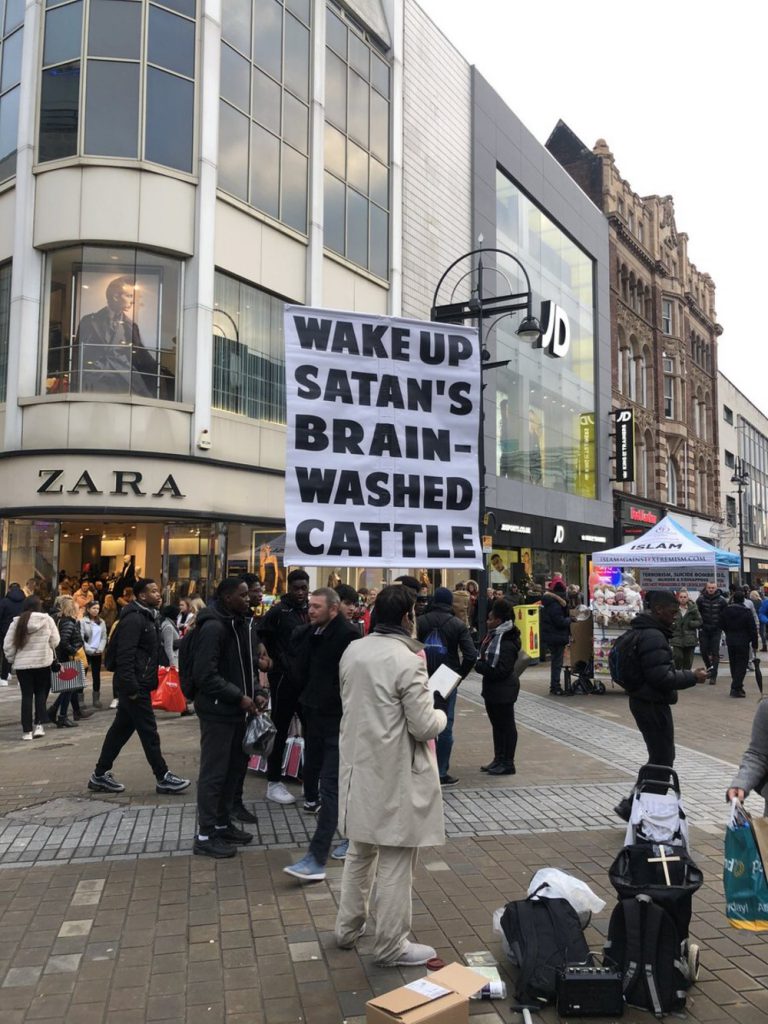Stephen Davies, seeking to explain Europe’s technological and economic breakthrough into modernity, and John Lewis Gaddis reflecting on the emergence of the USA as the world’s current superpower, both identify the defeat of the Spanish Armada as a key moment. Davies says that the failure of Catholic Spain to subdue Protestant England meant that Europe, unlike all the other great civilisations of the world, remained disunited and hence internally competitive.
And Gaddis, in his book On Grand Strategy, argues, at the beginning of his chapter entitled “New Worlds” (pp. 151-152), that the defeat of the Armada “made possible the creation of the United States” as we now know it:
It’s not counterfactual to claim that the real events of 1588 in the English Channel echoed loudly and long enough “to shake a hemisphere.” The previous century had seen the Portuguese and the Spanish, neither hitherto seismically significant, exploiting a new understanding of ships, sails, winds, and currents to explore and conquer immensities of strange new things.’ “NON SUFFICIT ORBIS,” Philip II’s motto for his Iberian kingdoms and the empire they’d acquired, was eloquently apt: Eurasia, the old world into which all earlier empires had fit, had indeed not been enough. As the Armada left Lisbon that summer, few from whom it faded from sight would have anticipated anything other than enduring Catholic monarchies throughout what had become known as America.
For how could God not be on the side of the Christian kingdoms of Castile and Aragon that had, in the single year 1492, expelled their Muslim neighbors, ejected their Jews, and almost as an aside expanded the size of the earth? Or, in the year that followed, gained title to the new territories, together with Portugal, by papal edict? Or, as Spain, required only three years to conquer Mexico and not many more to control Peru, thereby ensuring apparently endless supplies of gold and silver? Or, using these riches, imposed administrative and even architectural uniformity on two unfamiliar continents? Or mapped out, for their diverse inhabitants, a single path to salvation? Accomplishments on this scale require more than self-confidence: they presume knowledge of, and correspondence with, God’s will.
Two hundred and thirty-five years after the Armada sailed, however, a staunchly Protestant statesman, in the swampy new capital of a secular state, was drafting an equally presumptuous proclamation for his republican sovereign: “that the American continents, by the free and independent condition which they have assumed and maintain, are henceforth not to be considered as subjects for future colonization by any European powers.” When Secretary of State John Quincy Adams made the Monroe Doctrine a motto for the “United States of America” in 1823, that country lacked the means of securing the “new world” against its “old” masters. It had the self-confidence, though, of Spain in its prime, and that, Adams saw, would suffice.
“The failure of the Spanish Armada,” Geoffrey Parker has argued, “laid the American continent open to invasion and colonization by northern Europeans, and thus made possible the creation of the United States.” If that’s right, then the future pivoted on a single evening – August 7, 1588 – owing to a favorable wind, a clever lord admiral, and a few fiery ships. Had he succeeded, Philip would have required Elizabeth to end all English voyages to America.’ But from the moment his captains cut their anchor cables, Spain began a slow decline, and a new world order its gradual ascendancy.
This book (which I have just ordered from Amazon) presumably being one of the places where Geoffrey Parker (a new name to me) makes this argument.
NOVEMBER 6th 2020: Welcome to all you incomers. I don’t have clever enough stats to tell me where you are all coming from, or maybe it’s me that’s not clever enough. Anyone care to tell me? Thanks in advance. Best guess is that someone wrote something about Gaddis and the Armada, and then people searched their way to this posting. Whatever, you’re all very welcome.

